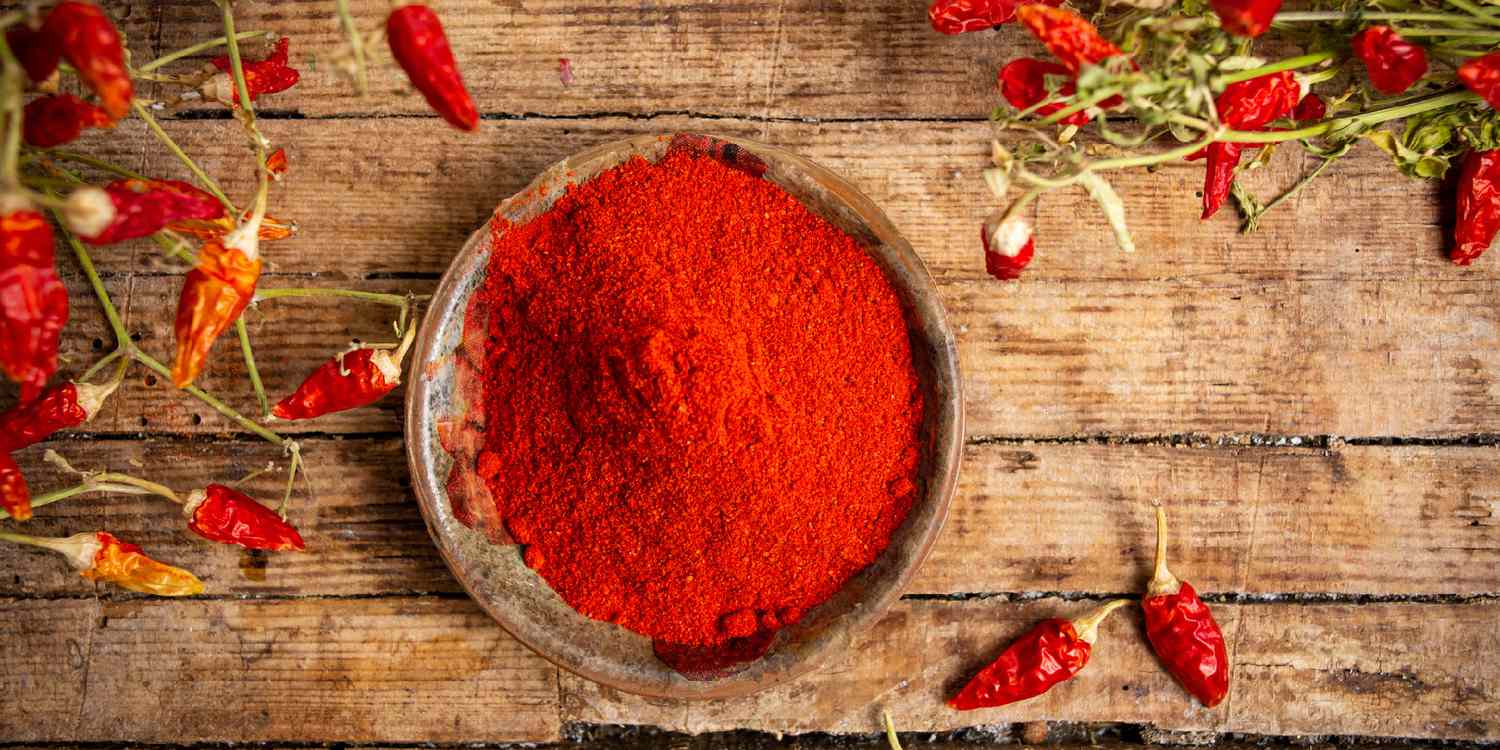Dried paprika, a widely used spice made from ground bell peppers or chili peppers, adds both vibrant color and flavor to various dishes. Its longevity is a key consideration for home cooks and culinary professionals, as it is often bought in quantities larger than immediately needed. Typically, paprika has a shelf life of two to three years when stored correctly, though it can remain safe to use beyond this timeframe.
The primary indicator of paprika’s freshness is its potency, which diminishes over time. Paprika’s effectiveness lies in its ability to impart distinct flavor and color to food, both of which can weaken as the spice ages. While it doesn’t spoil in the conventional sense of developing mold or bacteria if kept dry, it can lose its robust flavor profile. Identifying potency loss early is important for those who depend on its full sensory impact in cooking.
Does Paprika Go Bad?
Yes, paprika can go bad. It is essential to check the expiration date before purchasing paprika.
Expiration and Quality Indicators
1. Texture Changes: Fresh paprika is typically free-flowing. Clumping or stickiness indicates exposure to moisture, compromising its quality and safety, particularly in dishes where paprika’s flavor and color are prominent. If paprika starts to clump or shows signs of moisture, it is likely no longer fresh.
2. Color Fading: Ground paprika should maintain a vibrant red hue. Fading color suggests age or exposure to light, impacting flavor and potency. Check for mold or dark spots, indicating spoilage and potential health risks. Clumping may occur due to humidity, signifying moisture entry and potential mold growth. A dull or faded red color indicates that the quality of the paprika has decreased.
3. Expiration Date: While not an absolute measure, the expiration date provides a useful guideline for when to replace paprika.
4. Quality Test: High-quality paprika emits a strong, distinctive aroma. A loss of aroma or a musty smell indicates diminished flavor and suggests the spice is past its prime. To determine if paprika is still good, look at it, smell it, and taste a small amount. If the flavor is weak, it is past its prime.
Factors Affecting Potency
Several factors can affect the potency and shelf life of dried paprika:
- Air Exposure: Paprika’s flavor can diminish if exposed to air frequently. Use airtight containers to maintain freshness.
- Moisture: Any moisture can cause paprika to clump and potentially mold. Keep it in dry conditions.
- Light: Exposure to light can degrade paprika’s color and potency. Store it in a dark place to preserve quality.
- Storage Temperature: Cool environments extend paprika’s shelf life. Refrigeration, especially in hot climates, is ideal to maintain freshness.
Proper Storage Techniques
To preserve the freshness and potency of dried paprika, follow these proper storage techniques:
Ideal Storage Conditions
Store dried paprika in a cool, dark place away from direct sunlight and heat sources. A pantry or cupboard is suitable. In warmer climates, refrigeration can help maintain a consistent temperature and preserve color.
Ensure the paprika is in an airtight container in the refrigerator to prevent moisture absorption. Avoid storing paprika in the freezer to prevent moisture issues upon thawing. Keep the storage environment dry to prevent mold and bacterial growth.

Choosing the Right Containers
Use airtight containers to prevent moisture and air from affecting the paprika. Glass jars with tight-fitting lids are recommended. Ensure the container seals tightly after each use to maintain freshness.
RELATED ARTICLE: 8 Interesting Benefits of Basil Seeds (Sabja Seeds)
Bottom Line
Dried paprika, made from ground bell or chili peppers, enhances dishes with vibrant color and flavor. Stored properly, it lasts two to three years, but its potency declines over time. Watch for clumping (a sign of moisture) and check color and aroma regularly. Store in a cool, dark place in an airtight container to maintain freshness and maximize its culinary impact.
